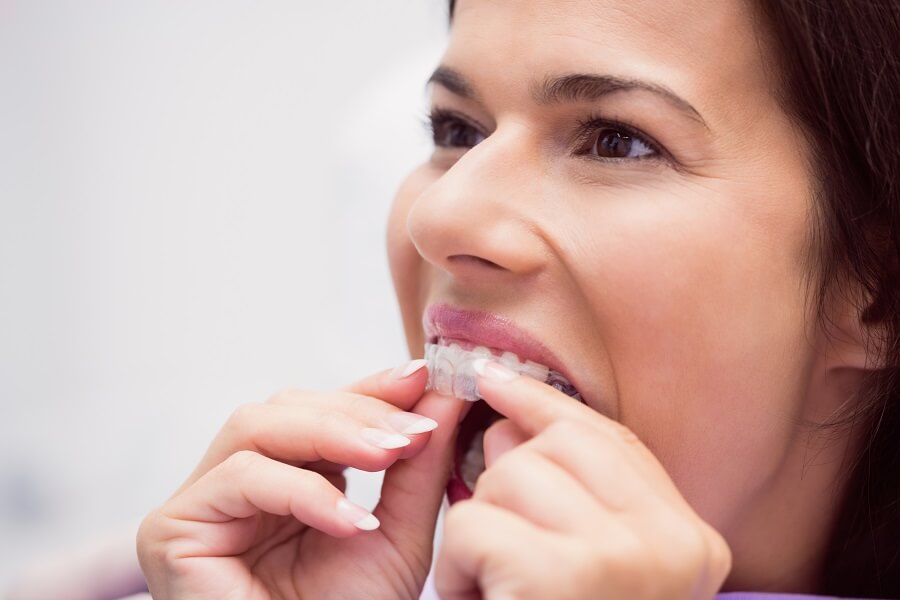Does Invisalign Cause White Spots on Your Teeth?
Exploring the Relationship Between Invisalign Treatment and Dental Health
Invisalign has emerged as a popular orthodontic solution, offering a discreet and convenient alternative to traditional braces. While its effectiveness in achieving a straighter smile is well-established, concerns about potential side effects, specifically the development of white spots on teeth, have been raised. In this exploration, we’ll delve into the relationship between Invisalign treatment and the occurrence of white spots on teeth.
Understanding Invisalign Treatment
Invisalign employs a series of clear aligners to gradually shift and straighten teeth. These custom-made aligners provide a comfortable and nearly invisible approach to orthodontic correction. Despite its widespread success, questions about potential side effects, particularly the formation of white spots, have become subjects of discussion within the orthodontic community.
White Spots: Causes and Factors
White spots, often termed enamel hypoplasia, can arise from various causes. Typically, they result from a demineralization of the enamel, the outer layer of the teeth. Contributing factors include poor oral hygiene, plaque buildup, and specific bacterial activity. Identifying the root causes of white spots is essential in addressing concerns related to orthodontic treatments like Invisalign.
Does Invisalign Contribute to White Spots?
The primary concern regarding Invisalign and white spots revolves around the constant presence of aligners on the teeth. Unlike traditional braces, Invisalign aligners are removable, allowing for easier cleaning and maintenance of oral hygiene. However, improper care may lead to the trapping of food particles and bacteria against the teeth, potentially resulting in demineralization and the formation of white spots.
Preventing White Spots During Invisalign Treatment
- Maintain Excellent Oral Hygiene: Diligent oral care, including regular brushing and flossing, is critical during Invisalign treatment. Thorough cleaning of both teeth and aligners helps prevent the accumulation of plaque and bacteria.
- Regular Dental Check-ups: Routine dental check-ups are fundamental during Invisalign treatment. Dentists in The Colony can monitor the overall health of the teeth, provide guidance on proper oral care practices, and address any emerging issues promptly.
- Hydration and Saliva Production: Adequate hydration encourages saliva production, which plays a natural role in protecting the teeth. Saliva helps neutralize acids and remineralize the enamel, reducing the risk of white spot formation.
Role of Patient Compliance
Patient compliance plays a significant role in preventing potential side effects during Invisalign treatment. Adhering to the recommended wear time for aligners, following oral care instructions, and attending scheduled dental appointments contribute to a positive treatment experience.
Final Thoughts: Achieving a Healthy and Beautiful Smile
Invisalign presents a transformative orthodontic option, offering both aesthetic appeal and effective tooth alignment. While concerns about white spots exist, their occurrence can be mitigated through conscientious care, regular dental check-ups, and patient compliance.
Balancing the cosmetic benefits of Invisalign with the preservation of dental health is key. When used conscientiously and under professional guidance, Invisalign can be a powerful tool in achieving not only a beautiful but also a healthy smile. Patients can embark on their orthodontic journey with confidence, knowing that a radiant smile is achievable without compromising the integrity of their enamel.





 |
|